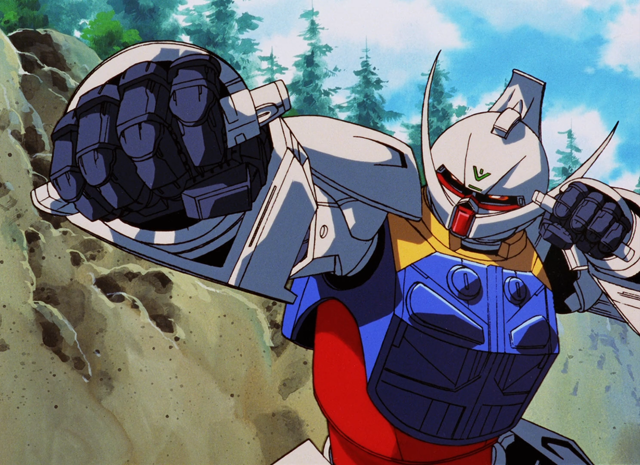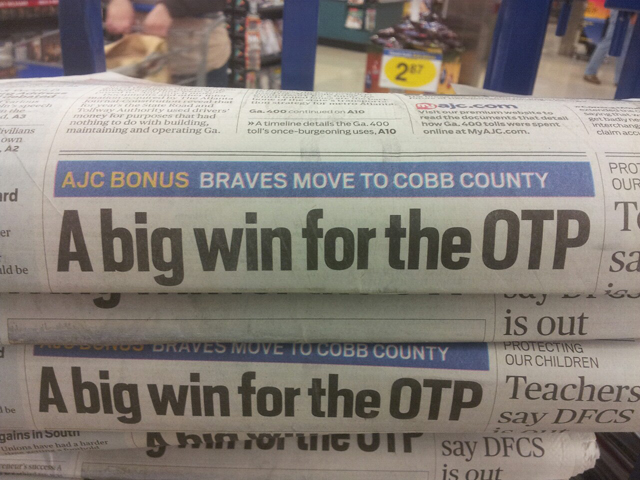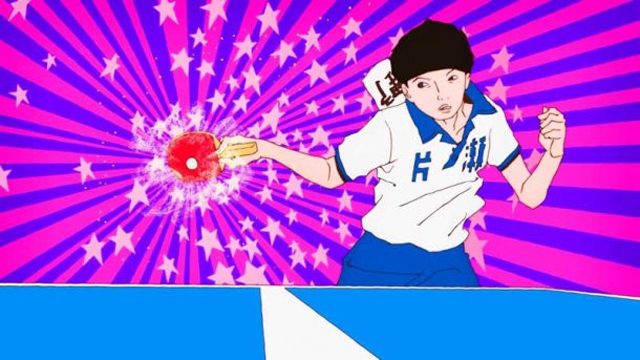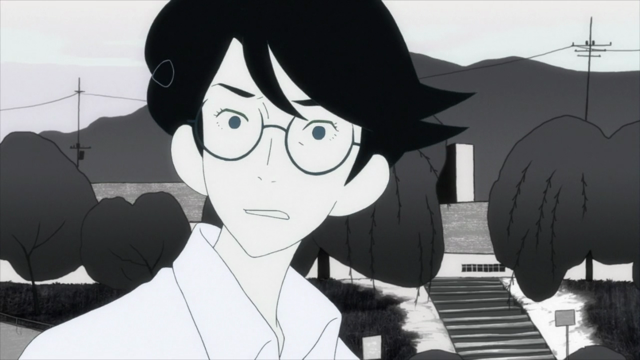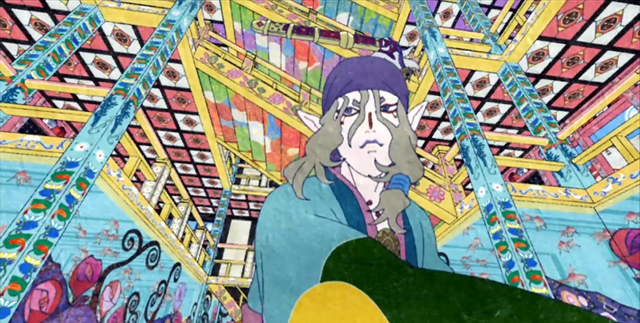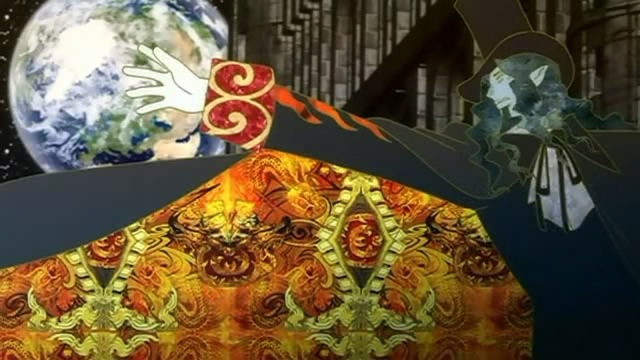Last Friday night, I finally watched Akira. I know, I know.
I’m part of the Toonami Generation of anime fans, sometimes known as the fourth wave of anime fandom. As a result, I came into the fandom with a pretty massive backlog, spanning the ‘70s, ‘80s, and ‘90s. Some of that I’ve gone back to, like 1979’s Mobile Suit Gundam, and some I’ve totally missed, like Ghost in the Shell. Some would argue that this oversight makes me a bad anime fan. I don’t care if I’m a bad anime fan, and I hate efforts to police fandom.
Instead, I’d argue that the reason you should watch the classics has nothing to do with other peoples’ perceptions of you.
Remember when I was talking about the “good old days” of anime? That blog post focused on how people use the good old days as an excuse to disparage modern shows. But there’s another truth to it, and it’s that cream always rises to the top. When people are talking about an anime ten or twenty-seven years later (as in the case of Akira), the reason it hasn’t left the public consciousness is because it still holds up.
In some ways, Akira is not my cup of tea. For one thing, it is excessively and graphically violent. However, it’s animated as smoothly and vividly as today’s digital animation. It has a jarring soundtrack that still unsettles viewers today. Where many of the older shows I’ve watched more too slowly for my tastes, Akira flies by in an instant. If I’m going to watch a movie that’s not in my preferred set of genres, I want to watch a movie like that: fast-paced, eye-catching, and profound.
But I realized something while I was watching it, and it’s that maybe older generations of fans aren’t policing younger fans when they harp on the classics. There was a lot of crap anime made in the past, but ones we still remember today are often worth the watch. There’s definitely a relationship between a show’s age and its current buzz, too. If it was made in 1979 and people are still raving about it, it’s probably worth the watch today.
Just don’t confuse nostalgia for quality. I’ll always love Gundam Wing because it was one of my first shows ever, but I wouldn’t recommend it to today’s brand new fans. (Not that they’d have time for it—with a backlog spanning from the ‘70s to today, they may never have to watch anything but the top 1 percent of all shows.)
So there you go. The “good old days” of anime can be a gatekeeping concept meant to shame new fans—or a helpful trick for discovering old good anime that’s new to you. Your own attitude makes the difference.


